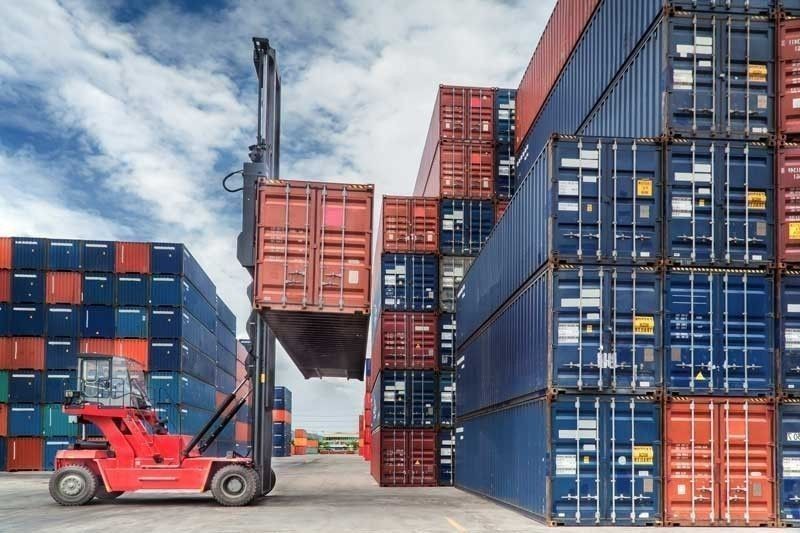Trade deficit narrows by 18% to $3.34 billion in November

MANILA, Philippines — The country’s trade deficit continued to narrow in November 2019 as both exports and imports fell, the Philippine Statistics Authority (PSA) reported yesterday.
The trade deficit declined by 18 percent to $3.34 billion in November from $4.07 billion in the same period in 2018.
Exports also declined by 0.7 percent to $5.6 billion in November 2019 from $5.64 billion, while imports contracted by eight percent to $8.94 billion from $9.71 billion, the PSA said.
“Global trade growth is poised to a slow recovery despite the easing of trade tensions between the US and China. The heightened conflict between the US and Iran and its impact on oil prices could result in increased cost of production for domestic-oriented as well as export-oriented firms,” Socioeconomic Planning Secretary Ernesto Pernia said.
The Philippines still imports majority of its petroleum supply from the Middle East, particularly Saudi Arabia, United Arab Emirates and Kuwait.
Pernia, however, said that the country’s trade exposure to its top trading partners in the Middle East are small relative to the country’s total trade.
He said diversifying and managing the use of energy sources in the Philippines should be further strengthened to avoid potential supply shocks amid a slow recovery of global trade.
“However, looking at the structure and pattern of imports of crude petroleum to the Philippines indicate that the country has diversified its source of crude petroleum in recent years, such that the level of vulnerability to supply shocks has been slightly reduced,” Pernia said.
The Philippines has so far increased its procurement of petroleum from other territories, particularly, South Korea, Malaysia and Russia.
“In the long term, strengthening the capability of the country to provide alternative fuels and tapping new and advanced energy technologies are effective steps to diversify and manage the country’s utilization of energy sources, as well as insulate the domestic economy from potential supply shocks that would have far reaching ramifications,” Pernia said.
In its sectoral plans and roadmaps, the Department of Energy identifies a number of initiatives toward increasing the country’s energy resources. These include geothermal, hydro, solar and wind, among others, which will substantially lessen the country’s dependence on petroleum.
Pernia said that on top of these initiatives on energy sources, the government should also continue developing industries and encouraging investments in key sectors to provide more employment opportunities for Filipinos.
The PSA attributed the decline in export income to the double-digit drop in sales of three of the country’s 10 major export commodities: ignition wiring sets used in vehicles, aircraft and ships; machinery and transport equipment; and electronic equipment and parts.
Imports, on the other hand, declined due to the drop in shipments of eight of the country’s 10 major import commodities. These were: mineral fuels, lubricants and related materials; cereals and cereal preparations; iron and steel; electronic products; other food and live animals; plastics in primary and non-primary forms; industrial machinery and equipment and transport equipment.
By major type of goods, imports of raw materials and intermediate goods fell by 14.6 percent. Imports of mineral fuels also registered a steep decline.
Among the country’s major trading partners, Japan was the country’s biggest export market with purchases worth $930.79 million in November. The figure was also higher than the previous year’s $887.32 million.
Other major export trading partners in November 2019 were the US with export value of $890.06 million; Hong Kong, $776.57 million; China, $696.48 million and Singapore, $321.52 million.
China continued to be the country’s biggest supplier of imported goods with shipments valued at $2.05 billion in November last year, up from $1.80 billion in November 2018.
Other major sources of imports tin November were Japan with import value of $894.42 million; US, $668.81 million; Thailand, $602.48 million and Korea, $568.43.
- Latest
- Trending































